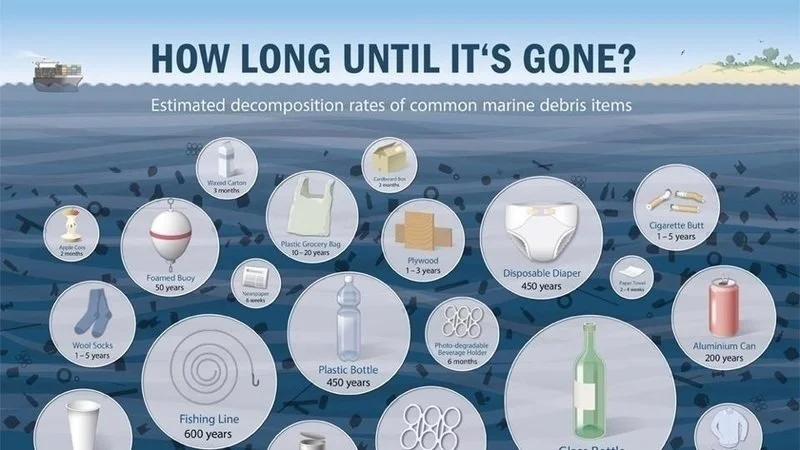Caster Semenya: How Much Testosterone Is Too Much For A Female Athlete?
By Daniel Kelly, Lecturer in Biochemistry, Sheffield Hallam University. First published on The Conversation.
The South African athlete, Caster Semenya, has lost her case against the athletic governing body, IAAF, which means that she will have to take medication to lower her testosterone levels if she wishes to continue competing internationally in running events.
Last year, the IAAF introduced new regulation for female athletes with “difference of sexual development” (DSD). Athletes with circulating testosterone of five nanomoles per litre of blood (5nmol/L) or above and who are androgen-sensitive, have to meet certain criteria if they wish to compete internationally. One criterion is that DSD athlete must use medication to reduce their blood testosterone level to below 5nmol/L for a continuous period of at least six months.
Semenya felt that the IAAF was targeting her, specifically. She took her case to the Court of Arbitration for Sport (CAS), but the court rejected the 28-year-old athlete’s challenge against the IAAF’s new rules. Although CAS found the rules to be discriminatory, it also said that they were “necessary, reasonable and proportionate”.
























